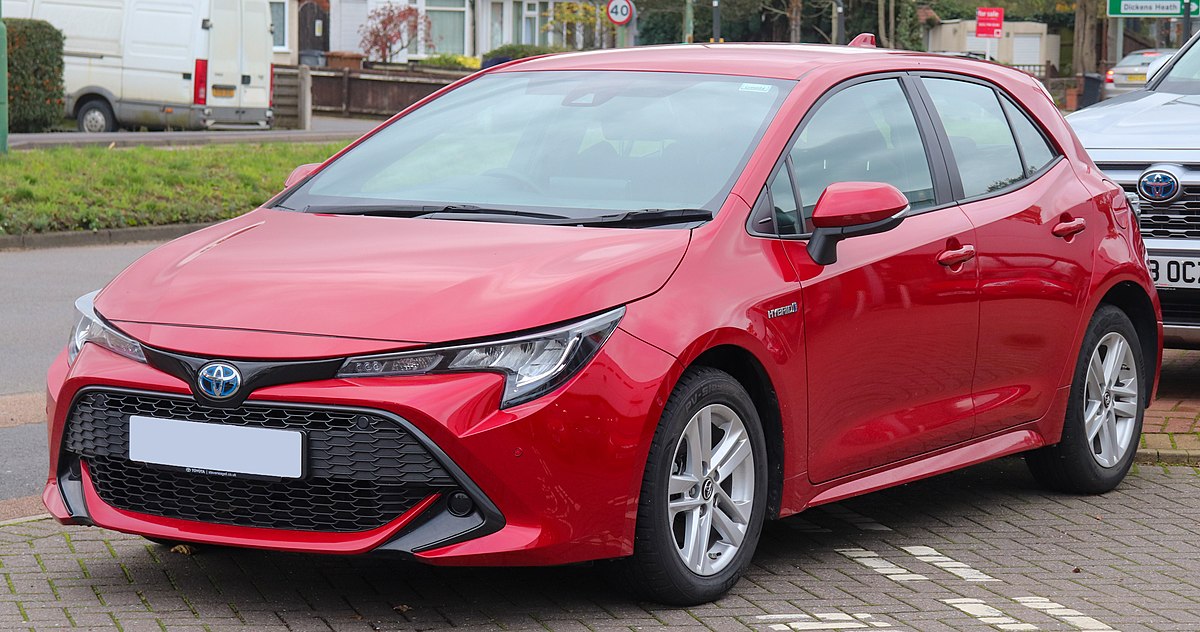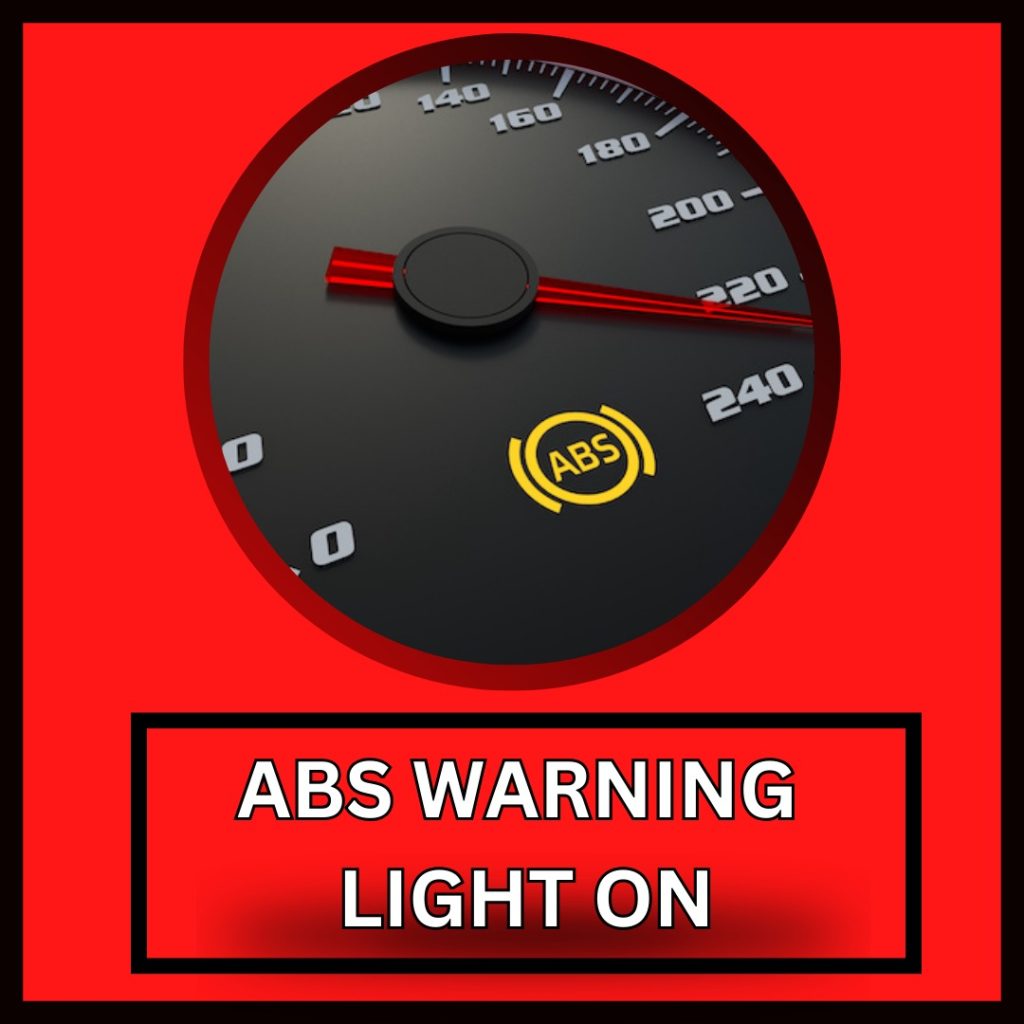Preventative Vehicle Care: The Key to Longevity and Safety on the Road
But keeping a vehicle in top working order is more than an exercise in firefighting. It is about actually preventing some of those fires from starting in the first place. Preventive vehicle maintenance – staying on top of regular tune-ups and replacing worn parts before they fail – is not only good for keeping your car reliable, safe and efficient, it is excellent for the wallet as well. It may save you a lot of repair bills.
Stay Ahead of Potential Problems
A key benefit of preventive treatment is that it also helps you catch the tiniest of issues before they become damaging. Regular maintenance duties such as checking fluid levels, inspecting belts and hoses, and testing batteries for their overall condition can identify a little excess wear-and-tear here and there that can blow up into major breakdowns if not taken care of.
Maximize Vehicle Efficiency
A car is efficient because it has been maintained. Changing the oil, rotating your tyres, or washing your air filter on a schedule can make your car feel better and likely help it achieve greater fuel efficiency. Your vehicle can function better when your engine isn’t straining and your tyres aren’t out of alignment. When all of your car’s components work together, your car will roll farther on the same amount of fuel compared with when it’s operating at less of its potential.
Enhance Road Safety
When we drive, often we think about safety. And there is no safety without the preventive maintenance. Each day we check critical items in the car such as, breaks, tires, lights, and we keep them in order, and when we keep our cars in order, we don’t let small mechanical failures to be a cause of an accident.For instance, when we don’t check the brake pads, that will cause car to make a less stops and a worn brake pads can be dangerous on the street. When we don’t check tyres, and because of lack of the air the tyres become flat, and flat tyres can be a reason of accidents. It is important for us to keep these elements in good order.
Prolong the Life of Your Vehicle
Your vehicle is a valuable investment and, as with any investment, you want to protect your car. The best way to do it is through preventive maintenance care. Maintenance of your car is not something to take lightly: it will prevent your vehicle from developing problems by reducing wear and tear on your engine, transmission and other essential systems. With regular maintenance, your engine will endure low levels of stress, allowing it to last much longer before needing repairs or even to reach its expected life expectancy.
Save Money in the Long Run
Even though routine maintenance might seem like an extra expense, it’s essentially a cost-saving measure. Preventive care can prevent you from having to pay big bucks when something happens to go wrong with your car, whether that means replacing a major auto part or even buying an entire new vehicle. However, as long as you keep up with routine maintenance, your vehicle will stay in good condition and you can avoid many of the extra costs.
Boost Resale Value
At the time of sale or trade in, a maintained vehicle will bring you a higher price, as a prospective car buyer will put a premium on a vehicle having a comprehensive maintenance history.Your habit of paying attention to maintenance ensures you are pampering your car. Consider it an investment which will bring you returns.
Reduce Environmental Impact
Not only it is beneficial for you preserving your vehicle, the environment also benefit of a well maintained car. Indeed, not only the functioning of the machine is affected negatively but also the emission. In fact, by making sure that your car is well maintained your car will produce less emission. Thus, your carbon footprint will be smaller since your engine will be healthy and you will have enough air in your to keep them inflated.
Avoid Inconvenient Breakdowns
There is no good time for a breakdown, but it is especially inconvenient if you happen to be running late. A maintenance routine can drastically reduce the risk of your car breaking down on the most critical days. Strategically meeting with your doctor or dentist when you have some free time is a proactive way to take care of all the unavoidable things in a peaceful manner, so there are no surprises interfering with your day.
Improve Driving Experience
A well-maintained car drives better. So does a well-maintained body. Running around on the basketball court and operating at maximum mental capacity require the same preventative care. Food has an equivalent in attention, rest in physical activity, and your car indicates your body’s engine. If you keep it serviced, it will perform better, every time. Whether you drive a Honda or a Porsche, every car drives better when it’s well cared for.
Conclusion
Preventive car care is more than a ritual: it’s a long-term investment in the care of your car.You keep your car on the road, avoid expensive and inconvenient repairs, maintain efficiency and safety, and get more out of your car for less money along the way.Don’t simply wait for your car to break down. Keep it running smoothly.






